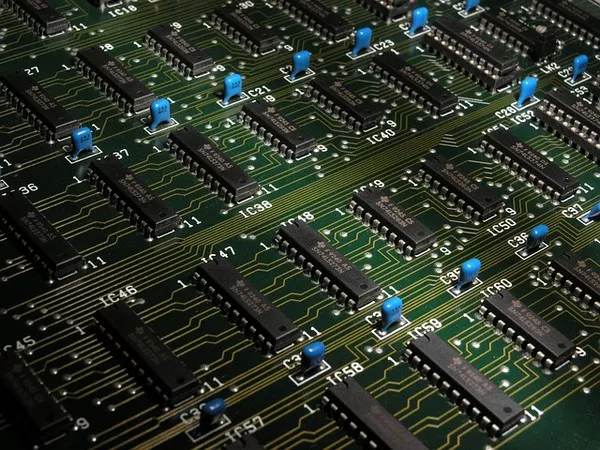Nexperia, a global semiconductor company, is set to enhance its research, development, and production capabilities for silicon carbide (SiC) and gallium nitride (GaN) devices at its Hamburg site with a substantial investment of $200 million (~184 million Euros).
Boosting Wide Bandgap Semiconductor Production
The investment will focus on advancing wide bandgap (WBG) semiconductor technologies, including SiC and GaN, which are crucial for next-generation energy storage, power conversion, and e-mobility applications. Part of the funding will also expand silicon (Si) wafer manufacturing, essential for producing diodes and transistors critical to modern power systems.
Meeting Growing Demand
Starting this year, Nexperia will begin producing SiC and GaN devices in Germany, initially focusing on high-voltage GaN D-Mode transistors and SiC diodes. The company plans to establish a state-of-the-art 200 mm production line for SiC MOSFETs and GaN HEMTs over the next few years. Additionally, the investment will automate current infrastructure, increase silicon wafer production capacity, and add R&D laboratories to transition cutting-edge research into commercial products.
Achim Kempe, COO and managing director at Nexperia Germany, emphasized that this investment solidifies Nexperia’s position as a leading supplier of efficient power semiconductors for data centers and other applications requiring high power density and efficiency.
The Advantages of Wide Bandgap Semiconductors
WBG semiconductors, such as SiC and GaN, offer higher frequency and voltage operation than traditional silicon devices, enabling more compact and power-dense solutions. This is particularly significant for e-mobility applications where size and weight impact vehicle range and operating time. In electric vehicles, GaN FETs facilitate faster switching speeds and smaller, lighter components in onboard chargers that convert AC power to high-voltage DC.
Expanding Nexperia’s Power Semiconductor Portfolio
Nexperia’s power semiconductor portfolio includes silicon and high-voltage IGBT offerings, each catering to specific power management needs and priorities. This diversified approach ensures that Nexperia can meet various application requirements efficiently.
A Rich History in Electronics
Headquartered in the Netherlands, Nexperia operates globally with sites across Europe, North America, and Asia. The Hamburg site, established in 1924 as Valvo Radioröhrenfabrik, has a long history in electronics, initially producing electron tubes for radios. The site joined the Philips group in 1927 and began semiconductor wafer production in 1953. Today, the Hamburg facility produces over one million 6” and 8” wafers annually, yielding over one billion small-signal bipolar and discrete power devices.
Celebrating a Century of Innovation
Nexperia’s new investment coincides with the Hamburg site’s 100th anniversary, a milestone jointly announced with Hamburg’s Minister for Economic Affairs, Dr. Melanie Leonhard. This investment not only marks a significant expansion in Nexperia’s capabilities but also celebrates a century of innovation and contribution to the electronics industry.

